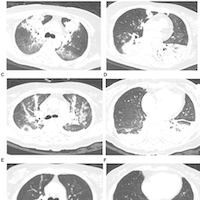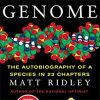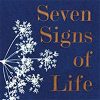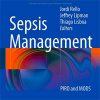Perhaps something isn’t always better than nothing
litfl.com
It is not unreasonable to say the COVID-19 pandemic caught most of us by surprise. We did not know how infectious the Severe Acute Respiratory Syndrome-Coronavirus-2 (SARS-CoV-2) virus leading to COVID-19 disease was, nor how to best protect the public or healthcare providers.
As the virus was so new, much of the knowledge used to determine these risks stems from the literature about the 2003 Severe Acute Respiratory Syndrome-Coronavirus (SARS-CoV) epidemic. SARS-CoV and SARS-CoV-2 are both beta-coronaviruses and share 79.5% of their genetic material.
Both are spread via respiratory aerosols generated by the patient and during medical procedures involving the respiratory tract, of which tracheal intubation is thought to be one of the highest risk procedures for healthcare provider exposure and infection.
As airway experts, anaesthetists are being called upon to tracheally intubate the most unwell yet most highly infectious patients with COVID-19 disease. With this responsibility comes placing at risk our own health, as well as that of the entire airway team.
Since the World Health Organization announced on March 11, 2020 that COVID-19 disease was a pandemic, what constitutes appropriate personal protective equipment (PPE) during tracheal intubation has varied, while PPE supplies have often been limited, controlled, and changeable.














